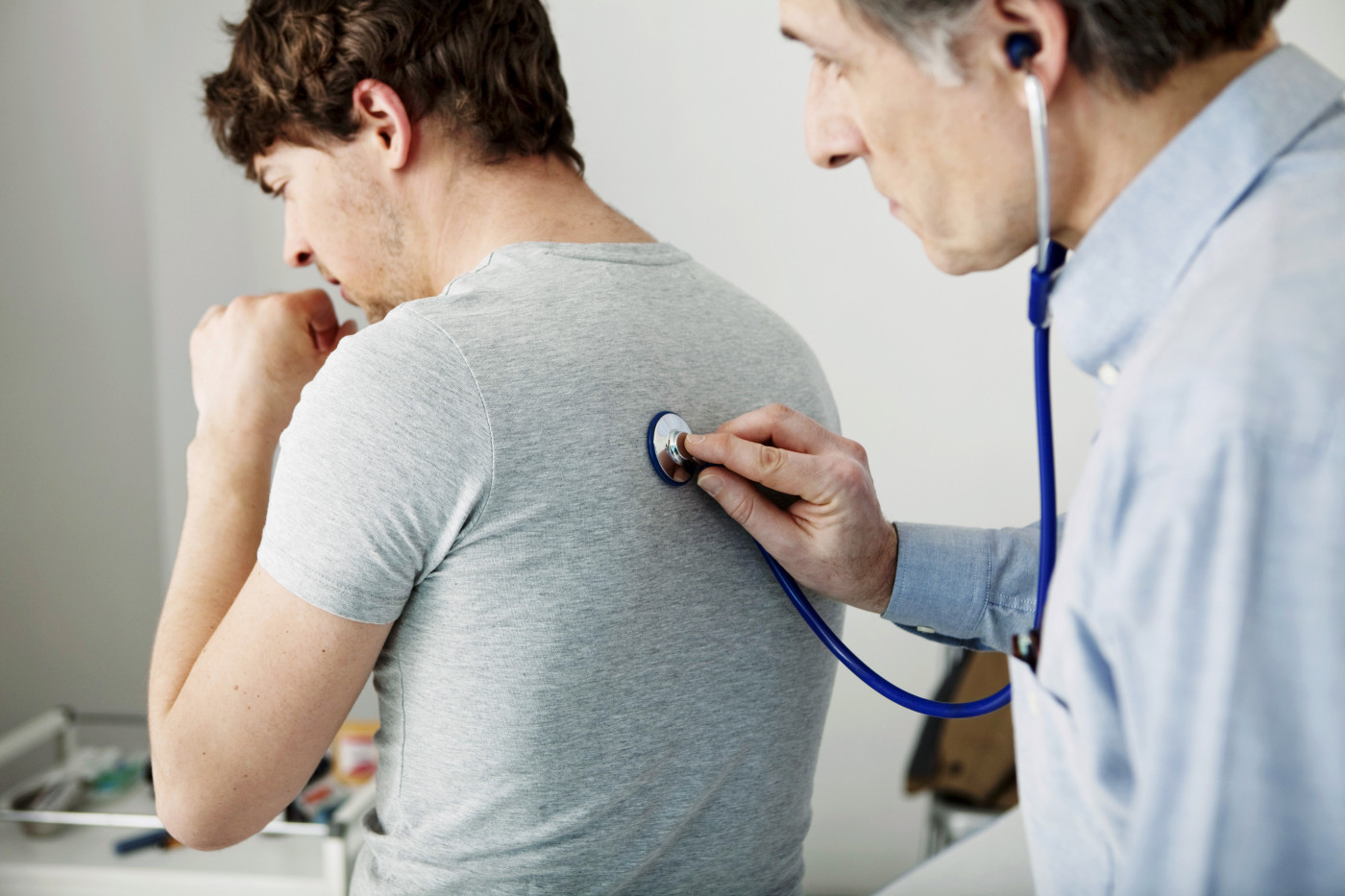Access to Pulmonary Rehabilitation Still Limited for U.S. COPD Patients
Written by |

Approximately 40% of chronic obstructive pulmonary disease (COPD) patients in the U.S. — and notably, most of those living in small towns or rural areas — have limited access to pulmonary rehabilitation (PR) maintenance programs, according to a recent study.
Indeed, roughly 17% of people with COPD from this study, who live in more remote areas, have to travel more than 25 miles, on average, to get to their nearest PR center, the researchers found.
Data from this study, which was based on information from Medicare patients, showed that living far away from pulmonary rehabilitation centers limited access to treatment, with those living in rural areas being the most affected.
“A major barrier to PR is availability of and access to PR centers. Individuals who live [more than] 10 miles from a PR center are less than half as likely to enroll than those who live closer,” the researchers wrote.
Gargya Malla, MD, a doctoral candidate at the University of Alabama at Birmingham, presented the study’s findings at the American Thoracic Society 2021 International Conference, held online May 14–19. The presentation was titled “Availability of Pulmonary Rehabilitation Among Medicare Beneficiaries with COPD.”
PR, a method of treatment that incorporates exercise training, health education classes, and psychological support, has been shown to ease shortness of breath (dyspnea), and to improve exercise capacity and quality of life among COPD patients. However, patients may have limited access to PR services when living far away from the specialized centers that provide treatment.
“The 2017 National Heart, Lung, and Blood Institute (NHLBI) COPD National Action Plan emphasized the important role of pulmonary rehabilitation in COPD patient care, as well as the limited access to pulmonary rehab services,” Malla said in a press release.
“The most important step to improving care for COPD patients is to increase access to pulmonary rehabilitation, a very cost-effective treatment,” Malla said.
Previous data had shown that people who live 10 or more miles away from pulmonary rehabilitation centers are less likely to receive PR treatment than those living closer by.
Now, to further understand the impact of geographical location on patients’ access to PR, Malla and her colleagues analyzed Medicare records from patients who were diagnosed with COPD within a period of 19 years, spanning from 1999 and 2018.
The analysis also included information on the patients’ zip codes, which were used to determine how far they lived from the closest PR center.
From a pool of 62,930,784 Medicare beneficiaries, 10,376,949 (16.5%) had been diagnosed with COPD. More than half (55.8%) of the patients were women and the majority (79.6%) were non-Hispanic whites. The patients had a mean age of 74.4.
In total, the investigators identified 1,696 PR centers in the U.S. The team then went on ahead to match each patient’s zip code with the nearest PR centers.
The analysis revealed that a little over half of the patients (61.5%) had an available PR center within 10 miles of their home. That meant that nearly two-fifths of the study’s patients — 38.5% — had to travel more than 10 miles to get to a pulmonary rehabilitation center.
For 73.3% of the patients, a PR center was located at a maximum distance of 15 miles from their homes. That percentage climbed to 86.6% for centers that stood within a 25-mile radius. Meanwhile, almost all patients (97.2%) lived within a 50-mile radius from the nearest PR center.
A fourth of COPD patients lived in either micropolitan areas — defined as having populations from 10,000 to 50,000 people — small towns, or rural areas, with one PR center per 4,300 inhabitants.
In the case of small-town or rural areas, the mean distance between the patients’ residences and the nearest PR center was 26.6 miles. This decreased to 20 miles for those living in micropolitan areas, and to 8.6 miles for those residing in metropolitan areas.
The majority of patients in metropolitan areas — 72.8% — had a PR center within 10 miles of their home, while this was only seen for 38.2% of those living in micropolitan areas and in 17.1% of those residing in small-town/rural areas.
“For the first time, we were able to quantify that [some patients’ places of residence] limited access” to PR centers, Malla said.
Malla also noted the number of PR centers in the U.S. is decreasing due to poor reimbursement from health insurers — a problem that’s gotten worse in the last year.
“The COVID-19 pandemic has further exacerbated this situation,” she said.
Potential solutions, according to Malla, include the use of tele-rehabilitation services, and the expansion of other alternatives, such as home-based pulmonary rehab and Web-based rehab — all with professional supervision. Provision of additional reimbursements to prevent the closure of more PR centers also may be a key solution, Malla pointed.




